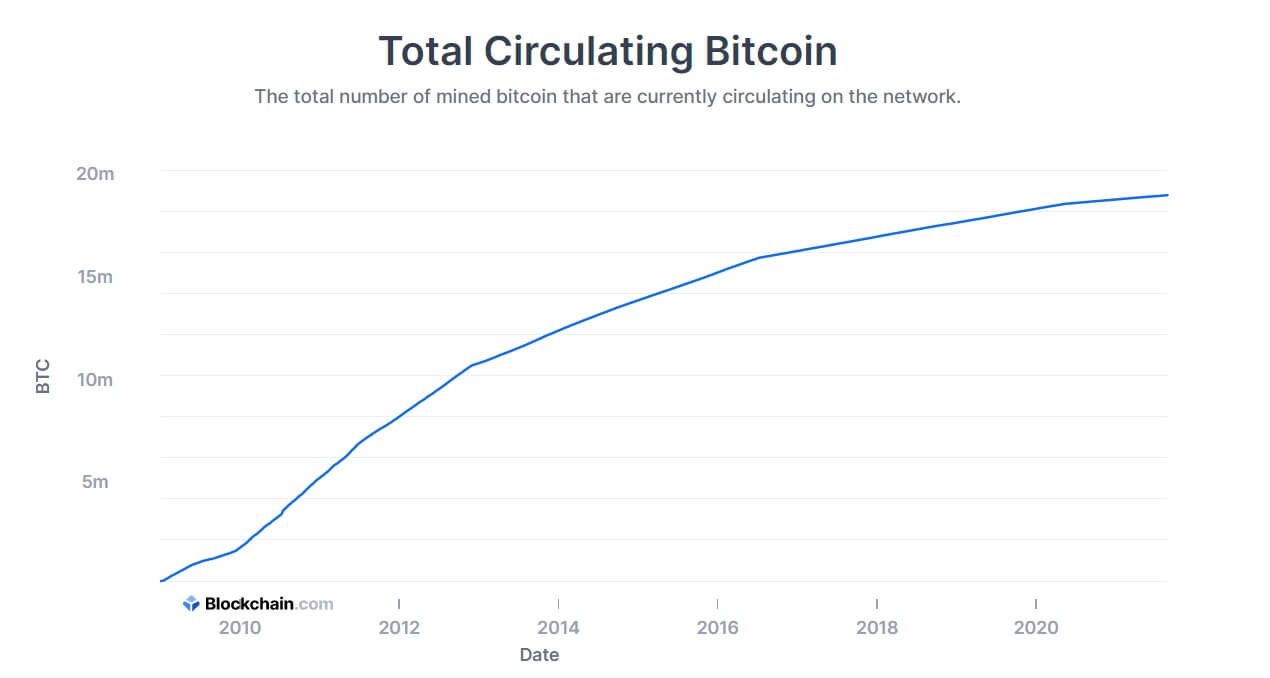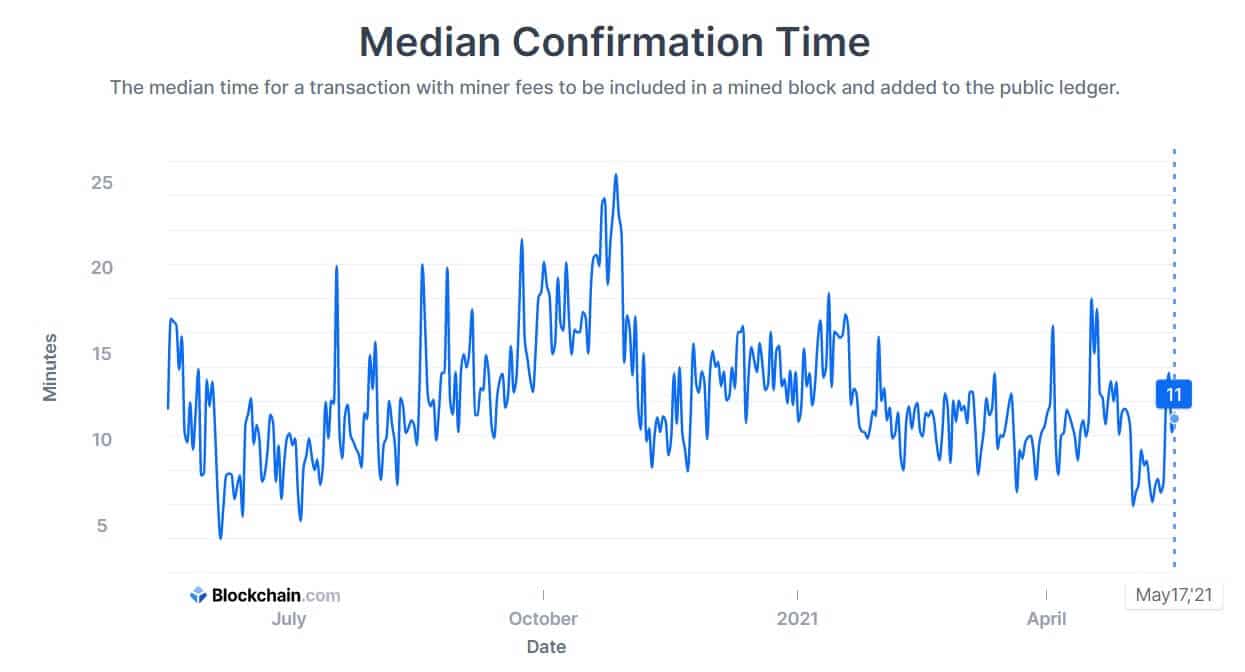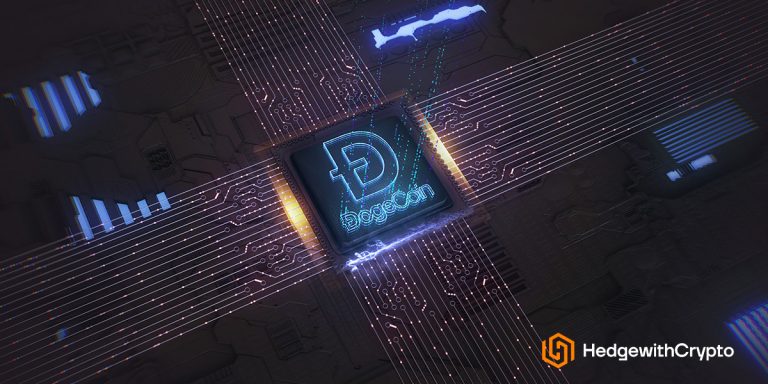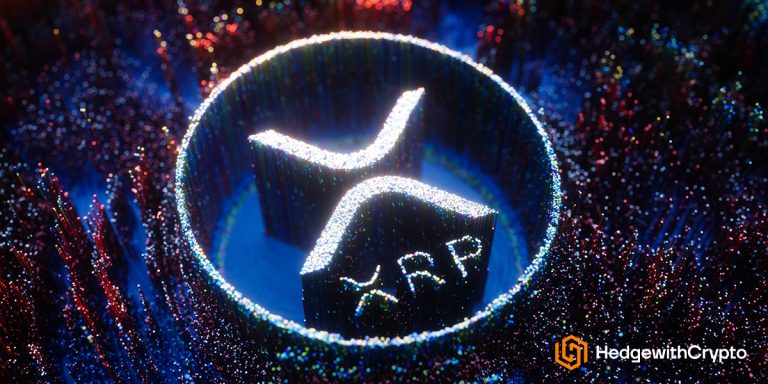This Is How Many Bitcoins Are Left To Mine
Key Takeaways:
- As of mid-2023, 90.58% of the 21 million-dollar supply of bitcoin has been mined, leaving approximately 1.9 million bitcoin to be mined.
- About 900 BTC are mined daily at the current block reward rate.
- The last Bitcoin to be mined will be in 2140.
TABLE OF CONTENTS
Developed and released by Satoshi Nakamoto in 2008, Bitcoin (BTC) has a limited supply of 21 million coins. The finite supply formed an industry allegory to digital gold as investors continued to speculate on the asset as a store of value. After Bitcoin reached its all-time high of $64,000 in 2021 with over 2.2 million BTC tokens left to mine, the last Bitcoin will be created in the next century. In this article, we explain how Bitcoins are made, how many are left, and what happens when the last Bitcoin is mined.
The Number of Bitcoins Left To Be Mined
90.58% of the total fixed supply of Bitcoin has been created in the last 13 years, which leaves approximately 1.9 million Bitcoin left to be mined. Miners are incentivized to continue participating in the network despite the block rewards halving every 4 years as Bitcoin's valuation continues to increase.
This Is How Many Bitcoins Were Created
An estimated 19.23 million Bitcoins have been mined over the past 13 years and are in circulation which equates to roughly 90.58% of the total fixed supply of a maximum of 21 million coins. As the blockchain adjusts its difficulty in rapport to the number of miners, Bitcoin implemented a protocol that halves Bitcoin's block rewards every four years to extend miner incentives.

The Bitcoin halving process is implemented in the source code, meaning block rewards are decreasing every four years. For example, in 2008, the miner block reward was 50 BTC, while in 2012, the amount halved to 25 BTC. The 2020 Bitcoin halving further decreased the miner's block reward to 6.25 BTC created per mined block.
The Number of Bitcoins Mined Daily
Bitcoin rewards are received by the miners every 10 minutes when a block is discovered. Based on an average processing time of 10 minutes to validate and transfer a Bitcoin transaction, 144 blocks are mined every 24 hours. With the current block reward of 6.25 BTC found in each block, the total bitcoins mined can be calculated to be approximately 900 BTC per day.

However, the exact number changes as network difficulty fluctuates with miners adding additional hashing power, which is measured using a term called hash rate. Thus, while the code requires each block to need 10 minutes to mine, every “discovery” process differs, and blocks have been found closer to 9.4 minutes. In the past 24 hours, 153 blocks were mined, concluding a total of 956.25 BTC.
Related: Beginners guide to mining Bitcoin.
This Is When The Last Bitcoin Be Mined
Taking into account variables like halving, block rewards, and supplementary hashing power, the last block is expected to be mined in 2140. The primary reason why the last Bitcoin will be mined in the next century is due to the fixed block reward every 10 minutes. The number of Bitcoins created every 10 minutes will reduce by 50% on each havening which occurs every 4 years.
While there is no central authority that controls Bitcoin and the protocol is self-sovereign, developers can vote to improve the network and may change the last BTC mining date. Until then, current calculations show the last BTC will be mined in the year 2140.
Expect This To Happen When The Last Bitcoin Is Mined
A Bitcoin miner currently receives a block reward incentive for processing and validating transactions on the blockchain network. This reward helps to pay for the miner's equipment and energy consumption. Once the last Bitcoin block is mined in the year 2140, miners will be paid transaction fees for their services.
At the current price of Bitcoin, the worth of transaction fees are a few hundred dollars per block. However, should the adoption of users and the price valuation of Bitcoin continue to rise, the transaction fees per block will also increase and provide a financial incentive for individuals to participate in the security of the Bitcoin network by validating transactions. However, there is a possibility that developers may vote on a change to the Bitcoin network protocol between now and then.
Significant Number of Bitcoins Have Been Lost
According to a study by the research firm Chainalysis, they estimate that around 3.75 million Bitcoins have been stolen or stuck in wallets and are lost forever. These figures equate to roughly 20% of the 18.79 million Bitcoins that have been mined and are in circulation. Based on current prices, the market value of the lost Bitcoins is approximately USD 172 Billion.
A major reason for the number of Bitcoins that cannot be recovered is human error. By design, the network uses a sophisticated form of cryptography to allow access to the rightful owner of Bitcoin. The Bitcoin private key is an important component of how Bitcoin and other cryptocurrency coins works, which contributes to the security of the asset against theft, fraud and unauthorized access to funds.
If the private key is misplaced, stolen, or lost, there is no way to gain access or withdraw the Bitcoin and will be lost forever. This is why it is important to save the private key in a secure location and create a backup. For more information on how to recover stolen or lost Bitcoins, read this article.
Basics: How Is Bitcoin Created?
Bitcoin is created through a digital and decentralized process commonly referred to as ‘mining'. Individuals who participate in mining Bitcoin are granted a “block reward” every 10 minutes, which contains a string of network transactions that need to be validated. The miners are rewarded with new Bitcoins for their services in processing transactions on the blockchain.
ASIC miners, which are heavy energy-dependent machines, are used to mine Bitcoin. Mining Bitcoin was possible using consumer-grade video cards; however, as computation demand increased, video cards could no longer meet the network demands. Even with the development of ASIC miners, individuals are joining a pool of multiple Bitcoin miners to increase the likelihood of finding a block reward. For more information, read our guide on Bitcoin mining pools and how they work.




